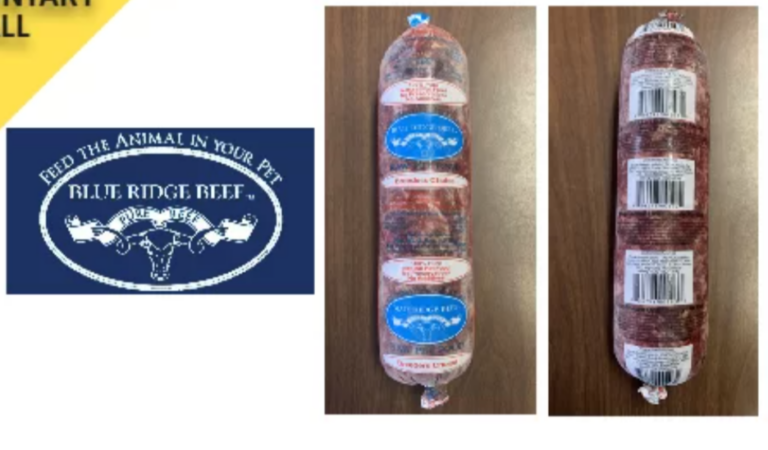
What to know about the new mpox strain and global health emergency
The European Centre for Disease Prevention and Control (ECDC) on Friday raised its risk assessment level for the new mpox strain, saying it is “highly likely” Europe will see new cases crop up.
- However, the ECDC noted that the likelihood of sustained transmission of the new strain in Europe remains low.
- Sweden’s public health agency announced Thursday that it had confirmed the first known case of the new mpox strain outside of Africa.
- The patient has received treatment in Stockholm after contracting the virus in a part of Africa where the new strain is currently circulating, the agency noted.
The WHO issued its first declaration over mpox in July 2022, after the disease had spread to over 70 countries.
- Between 2022 and 2023, the outbreak caused more than 99,000 cases and more than 200 deaths, per estimates from the Centers for Disease Control and Prevention.
Mpox is the name given to the disease that results when people become infected with the Monkeypox virus, according to the Centers For Disease Control and Prevention (CDC).
Mpox is a pox disease, which produces rashes and other skin irritations on the body. It is in the same family as the virus that causes smallpox.
According to the WHO, the virus that causes mpox was first discovered in research monkeys in Denmark in the late 1950s.
In 1970, the first human case of mpox, then called Monkeypox, was detected in a child from the Democratic Republic of the Congo.
As a zoonotic disease, mpox can be transmitted from animals to humans. However, human-to-human transmission is also one of the main ways that the disease spreads. The WHO says transmission can occur from person to person, including via contact that is:
- face-to-face (talking or breathing)
- skin-to-skin (touching or vaginal/anal sex)
- mouth-to-mouth (kissing)
- mouth-to-skin contact (oral sex or kissing the skin)
- respiratory droplets or short-range aerosols from prolonged close contact
Animal-to-human transmission can occur through bites or scratches, or by handling or eating the infected animals.








